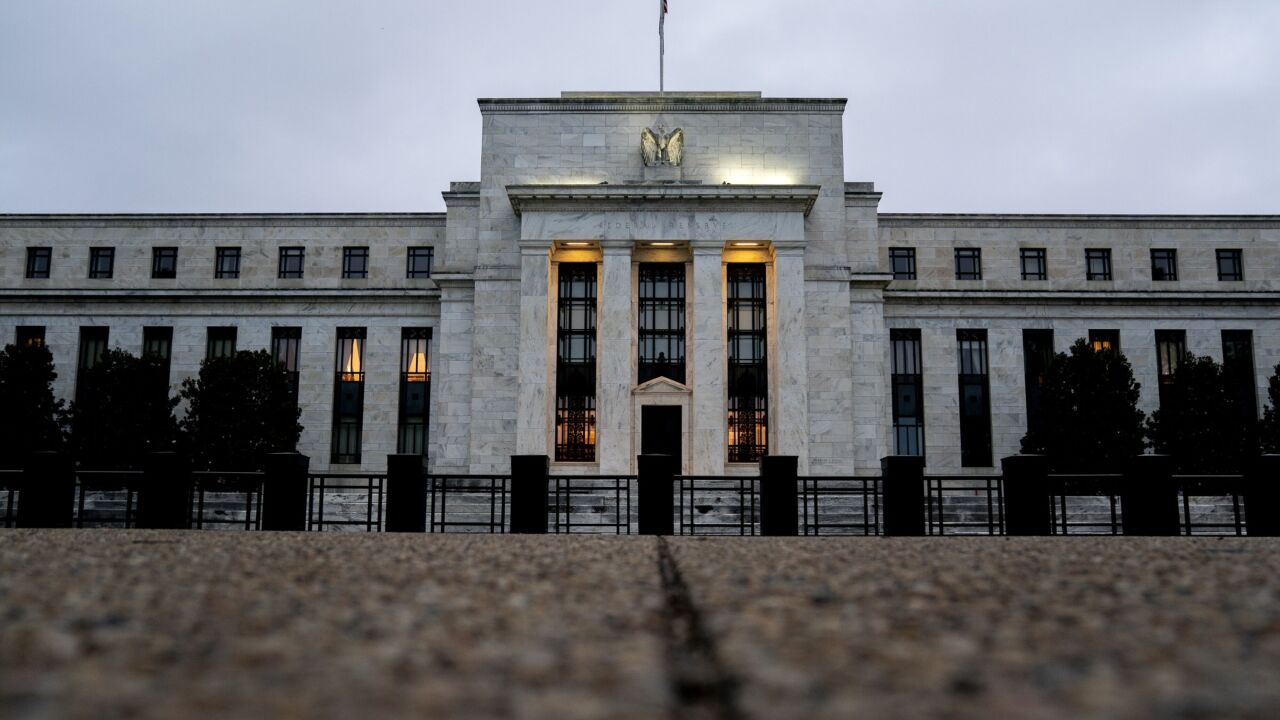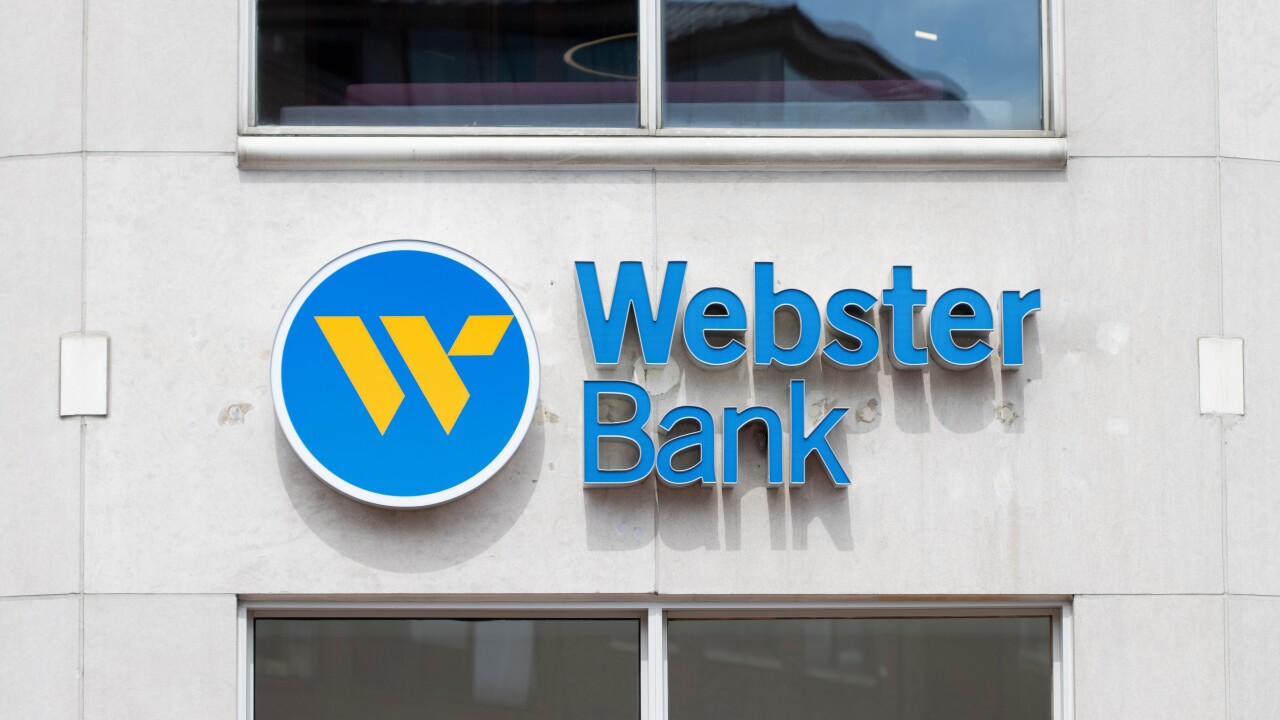CHICAGO — The Federal Reserve task force and committees planning a faster payments system in the U.S. have had to juggle different viewpoints, philosophies and agendas, but they are laser-focused on a key aspect of the initiative: They don’t want to come back to the drawing board once a system is in place by the targeted year of 2020.
“We wanted it to be well-built, well-delivered and a service for life,” Richard W. Burke Jr., head of corporate products and services at TD Bank, said of the vision of the Faster Payments Task Force.
“There is already a faster payments industry, there are providers all over the place,” Burke said Tuesday at the annual Chicago Payments Symposium at the Federal Reserve Bank of Chicago. “It made us think about what it would look like to be successful and how it needed to be something different to make this happen.”

The Federal Reserve first studied the potential to advance a faster payments system three years ago and has established a soft deadline of the year 2020 to have a system in place.
A task force report in late July outlined where the initiative is at in terms of proposals from technology providers, and what needs to take place next.
Those steps include more collaboration on faster payments rules and standards, understanding the regulatory landscape, monitoring security challenges and opportunities, and establishing settlement services that would function in a retail payments environment. There will also be continued discussions about the
It was important to the task force that a faster payments system in the U.S. be “broadly inclusive,” Burke said. “The concept of bringing everyone together and realizing we can be a leader on this was very important. I would like something that just works at TD Bank, but that attitude just doesn’t work in the U.S.”
Same-Day ACH, The Clearing House and the advancement of person-to-person payments through the bank-supported Zelle are examples of new innovation that will have a place in whatever ultimately becomes the U.S. faster payments system, said Charles Ellert, payment strategy manager at Verizon.
“I’m glad we didn’t just choose one system,” Ellert said of the task force's process of taking into account multiple proposals and lining up nearly 20 systems. Under that process, the task force felt it was including many major technology drivers of digital and mobile payment advancements.
Faster payments will come with significant benefits because the system will create new jobs and new revenue opportunities for companies and banks, Ellert added. “We are riding on the rails of a 40-year-old processing system that still delivers value, but I am excited to see change and what happens next.”
One such opportunity comes from the gig economy, as the ride-sharing provider
“There is a compelling need today to solve this. We are faced with it on a day to day basis and we have been faced with it for years,” said Ashwin Raj, Lyft’s vice president of payments, at PayThink. “My driver who needs to pay for his gas to provide the next drive cannot wait for Same Day ACH. They need those funds immediately.”
At the Fed event, Gary Shapiro, president and CEO of the Consumer Technology Association, drew parallels between how the drive for high-definition television in the consumer world unfolded in the country and how the banking industry is seeking faster payments standards.
“You have to be open to disrupting technology and be very flexible about it,” Shapiro said during his keynote presentation. “You have to talk to people in different industries to see the other possibilities, because partnering is really important.”
As an executive outside of the payments industry, Shapiro was blunt in his assessment of the current payments ecosystem.
“Payments seem ancient to me, and I wonder why does it take so long" to settle a transaction, Shapiro said. “And it seems like banking and payments haven’t changed much over the years, even from the time when I was a little kid, other than maybe eliminating some paper.”
But the progress is coming in the work of the payments task force, Shapiro said, almost in the same manner as how TV technology evolved. “Now the competition is coming out there with smartphones and electronic platforms are being set up,” he said.




